Welcome to part 3 (the final part) of this discourse on preparing final written addresses. Just as a recap, we have discussed what your ultimate to do list should be (in part 1), we’ve mentioned that you should frame the issues for consideration (in part 2) and we’ve mentioned some considerations you should sleep or think over while putting thoughts together for preparing your final address (in part 2 as well).
Let’s briefly review the processes we’ve suggested to you so far and continue our discussion from that point
- Read the record of proceedings
- Frame the entire story/case into a central legal question or the key legal questions (or legal issues) that the Court will be called upon to decide
- After reading the record and framing the issues. It might be wise to sleep on or review the evidence adduced and the legal effects of same
- Research
After taking the steps we have just listed again above, we now get to the meat of our entire journey which is the actual writing of the final address.
That said; let’s dive right in.
5. Telling your side of the story
Before you begin your writing of the final address, it would be important to ask – was there a preliminary case strategy?
Was there a preliminary case strategy?
Litigation many times boils down to well implemented or poorly implemented strategy for either party. We sure have not forgotten the position that litigation is not a game of hide and seek. Even so, the obvious truth is that justice most times may not be able to aid the party who has failed to do his preliminary work or failed to proof his case as required by law. This is where trial or case strategy definitely comes in.
On this issue some reminisce comes to mind. My law office represented one of Nigeria’s largest Commercial Banks in a civil suit filed against it by one of its customers. The suit was at the Magistrate Court and the customer’s case was simple. Some withdrawals happened on his account with the Bank but he maintained that he never authorized these withdrawals. At the point of reading the record of proceedings to begin preparing the final address, a better strategy that may have availed us as the Defense came to mind. While giving evidence in chief at the trial, the Plaintiff mentioned the use of moles in the Bank which had the clear implication that fraud had been perpetuated[1]. This mention was actually dead-on arrival for being hearsay (due to the way the Plaintiff mentioned it). However, getting him to link the particular transaction in dispute to fraud on the Bank’s part under cross examination would have been the perfect bait to sink his ship. Once the link was successfully established by his reliable over zealousness to nail the Defendant, we could ask the proverbial Mathias to go home. Why? Because the standard of proof of his case (or most of the allegations in it) would have shifted to proof beyond reasonable doubt. And he clearly won’t have survived such a high standard by the evidence he adduced.
Another case yet again comes to mind. In this particular case, we were defending a client against one of Nigeria’s oldest commercial Banks. The facts were simple – the Bank said our client was owing it. As the pleadings proclaimed, our client took a loan but never repaid the loan since he diverted the loan for his personal use.
As expected, Our Client said the opposite of what the Claimant Bank asserted. By his narration, he was not owing the Bank a farthing. The Bank got back its money and even overcharged him for the loan.
The case initially seemed like a bleak one for our client. First off, who challenges a Bank’s calculation especially when it comes to money – hard Nairas and soft Kobos. Calculating is what a Bank is supposed to be good at right? Exactly. There you got our strategy! Or at least part of it.
The strategy was arrived at after several reviews of the case and it hung on some missteps in the Claimant’s case. Before we mention the missteps, remember that our starting point for this strategy was that the Claimant had the burden of proving its case. Now the missteps. First, the Claimant sought to prove our client’s indebtedness by relying on a statement of account but it did not comply with Section 84 of the Evidence Act. On the trial day, the Court admitted all documents provisionally and directed that all objections to the admissibility of the documents be raised at the point of final address. Once we raised it at final address, the statement of account was expunged from evidence in the Court’s judgment. So, the main stratum of the Claimant’s case was dislodged.
Second, Section 51 of the Evidence Act stood in the Claimant’s way and they never dealt with the Section’s menacing stare. By that Section, the mere presentation of the statement of account – if the Court had refused our objection to its admissibility – was not sufficient to prove the Claimant’s case. They were to do more than just toss the statement of account into evidence. Closely related to Section 51 is the principle of law on dumping documents on the Court. This was also ignored. Rather what was done (as is largely customary) was that – the witness statement of the sole witness was a large duplicate of the pleadings. And the pleadings itself was a concise summary of the facts. So, we submitted strongly that the Claimant dumped documents on the Court, failed to prove its case and rather invited the Court into a private investigation of the facts beyond the Court room.
The aim of our long tales by Moonlight is only to show how preliminary case/trial strategies can inform or guide a lawyer’s entire line of action throughout the course of a pending suit. If there was a preliminary case strategy and it was successfully followed through with the expected points achieved, then it would be necessary to put it in view when writing the final written address. In such a situation, it could in fact be said that you already have the skeleton of your final written address.
If there was no preliminary strategy, fear not. With what we have discussed so far, we will still achieve our final objective.
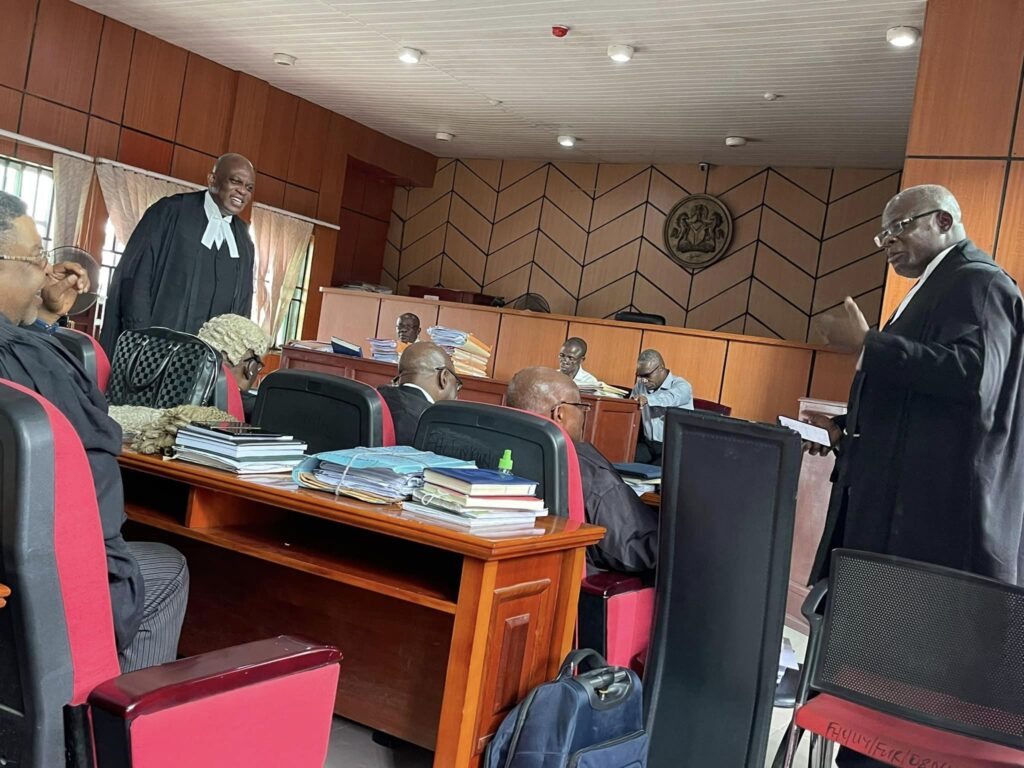
Making the arguments – what are you saying?
Making arguments in final addresses can take various forms or structures. But at the core of whatever form is adopted, it must be noted that the arguments are meant to persuade the Judge. The arguments are not just made for arguments sake. Therefore, it is our respectful opinion that where the arguments fail to evoke some persuasive response, they would have failed to achieve their central purpose.
We also suggest that logic is a crucial part of making powerful and persuasive arguments. In other words, to lead the Judge by the hand (metaphorically of course) to the conclusion you are driving at, your arguments would have to avoid hanging on their necks or head. So, whether the conclusion you want the Judge to arrive at is – let my client go even though he looks suspicious (in a criminal charge) or make it rain hard naira or dollars on my client (in a civil matter), your address should be able to logically give the Judge reasons to substantially consider your conclusion, arrive at that same conclusion and ultimately give judgment in your favor.
The arguments made at the end of trial usually should spring from what has been successfully established through out the course of the proceedings. In effect the address should be the topping on a well conducted defence or prosecution of a matter.
Remember in Part 2 we spoke about the foundation and blockwork of each parties’ case? We said pleadings are the foundation of each parties’ case and evidence the block work (in criminal matters, the charge or information would have to be the foundation for the prosecution’s case and reference point for the Defendant’s case as well. Evidence would then have to build thereon – whether evidence to show guilt or evidence to rebut any imputation of guilt).
Now, we said the blockwork (evidence) must rest on the foundation (pleadings). If not, they’ll be problems. If in a matter, a party pleaded a crucial fact, but then failed to lead any or sufficient evidence in proof of that fact, it would be difficult (if not near impossible) for he or she to rely on that fact in proof of his or her case. As Counsel for the adverse party, it would therefore be easy in your final address to rely on the absence of proof of the crucial fact and thus knock off the basis on which the reliefs are sought against your client. Simple equation – where there is no foundation, the blockwork can’t stand.
In addition, whatever writing style you adopt for your final address, the goal remains – persuade the Judge. Give him reasons to find for you in his judgment.
We can’t exactly tell you want to write in your next address as the facts of each case and the law applicable can be widely different. With the samples attached to this discussion, you can receive some inspiration to help you kick start – also the format used in the attached addresses could assist you as well. We hope they do. We have also added a list of reading resources that should help give you serious writing inspiration.
Some common arguments and things to note when fleshing out your final address include –
- The pleadings and evidence are a mismatch! This could mean, no credible evidence has been led in support of the pleadings in the suit. The law is trite that pleadings, however strong and convincing the averments maybe, without evidence in proof thereof goes to no issue. Evidence is required to be led to prove the facts relied on by the party or to sustain allegations raised in the pleadings. In other words, an averment of facts in a pleading is not an evidence and can never be so construed. The facts so averred must of necessity be proved by evidence except those facts admitted by the adverse party. See UBA v. ASTRA BUILDINGS (WA) LTD (2010) 41 NSCQR (PT 2) 1016; BUHARI v. OBASANJO (2005)2 NWLR (PT 910)241; YESUF v. OYETUNDE (1998) 12 NWLR (PT 579)483. It follows therefore that pleadings do not constitute evidence and where such pleading is not supported by evidence either oral or documentary, it is deemed to have been abandoned.
- The Claimant has failed to prove his case (or he has failed to discharge the burden of proof on him and thus no burden has shifted to the Defendant). It is noteworthy that where the Claimant seeks declaratory reliefs the burden on him is considerable more.
- The Defendant’s case is more probable than the Claimant’s hence judgment should be given in the Defendant’s favor. This argument tends to turn on a comparative analysis or evaluation of the Claimant’s case with the Defendant’s case. Remember, the Court appraises evidence by constructing an imaginary scale of justice and putting the evidence of the parties on both pans of the scale. Thus, a Defendant could emphasize the strengths in this case vis as vis the fundamental or far sweeping weak points in the Claimant’s case and urge the Court to deliver judgment in his favor. Also, even though the Claimant must succeed on the strength of his case and not on the basis of the weaknesses if any in the Defendant’s case, it does seem that this argument could arguably still avail a Claimant especially where there are features in the Defendant’s case that supports the Claimant’s case.
- The evidence adduced before the Court is even though admissible, lacks sufficient probative value to ground the reliefs sought by the Claimant’s case. An example comes to mind here. If in a civil proceeding the Claimant alleges that there has been oil spillage and claims damages, but the crux of the Claimant’s case majorly rests on a publication in a newspaper, it is doubtful that the Claimant would obtain the relief he seeks. This position is based on the law as currently stated in the case of LAWRENCE v. OLUGBEMI & ORS (2018) LPELR-45966(CA) amongst other cases on the point. Also, documents tendered from the bar are another minefield that could hurt a Claimant’s case – see the cases of POLARIS BANK v. CENTRE POINT TRAVEL AGENCY LTD (2022) LPELR-57359(CA)- and CPC v. INEC & ORS (2012) LPELR-15522 (SC) AT 32-33 (C-C).
- it is not in consonance with the law to say that in every case in which evidence called in support of a plaintiff’s case is unchallenged; judgment must be given in favour of the plaintiff. But on the contrary, it is possible that evidence called in support of a plaintiff’s case even if unchallenged, may still be insufficient to sustain the plaintiff’s claims. See MARTCHEM INDUSTRIES (NIG) LTD v. V.M. F. KENT (WA) LTD (2005) 10 NWLR (PT 934) 645.
- The argument could take the form of “the Case law on this issue supports my arguments and where they don’t, they can be distinguished and therefore don’t apply to my case”. One important thing to note arises here and it is this – the principle of stare decisis does not mean that the legal principles established in previous cases can apply across board without specific reference or regard to the special circumstances that may exist in later or subsequent cases. Nnaemeka-Agu, JSC, in Ojibah v. Ojibah (1991) 5 NWLR (PT. 191) 296 also exhorted counsel and the Courts to be wary of “deciding cases and issues on the established legal jingles and catch-phrases without fully asking one’s self how well they fit into the particular facts of the case.” This clearly means that in most cases you can argue that the case law or legal principle cited by the adverse party does not apply to the case at hand. The case law cited could have been upturned by later authorities, legislative actions or the facts in the case law relied upon are distinguishable from the facts in the present case – so the Court can depart from the authority cited.
- A crucial element of the alleged offence or the Claimant’s claim has not been proved by credible evidence and in the absence of this element, the entire claim must fail or the Defendant must be discharged and acquitted. For criminal trials, this line of argument could make a substantially good one depending on the available facts proved at the trial. In OKEBATA V. THE STATE (2013) LPELR-22474(CA) at 47 A-B, it was held that failure to establish one element of an offence means failure to prove the case beyond reasonable doubt. Thus it can be argued that by not establishing the essential ingredients/elements of the offence in question, the prosecution has ultimately failed to prove the Defendant’s culpability. Hence, the Defendant should be discharged and acquitted.
- Final address of Counsel no matter how eloquent does not take the place of evidence in judicial proceedings – SULEMAN & ORS v. UKANA & ORS (2019) LPELR-46827(CA)
- Objecting to the admission of a document at the point of final address is a risky venture that should be graciously avoided.
KEY TAKE-AWAYS
What to look out for when preparing a written address
- State of the extant pleadings; to tell admissions and where denials are evasive or otherwise insufficient
- Evidence led
- Cross examination; facts not cross examined on, facts discredited under cross examination, facts reaffirmed under cross examination.
- The Laws applicable to the entire proceedings (including case law) – how they support or weaken your case
CONSIDERATIONS FOR PREPARING THE CLAIMANT’S FINAL ADDRESS
- The facts pleaded and facts admitted (from the state of pleadings)
- The evidence led in support of pleaded facts
- The evidence not contradicted under cross examination
- How does the evidence supports the grant of the reliefs sought?
CONSIDERATIONS FOR PREPARING THE DEFENDANT’S FINAL ADDRESS
- Any preliminary issues e.g. Jurisdiction
- Have the Claimants proved their case?
- What evidence was led?
- Is the evidence led sufficient? If not, why so?
- Did the burden of proof shift to the Defendant at all?
- What evidence was led by the Defendant in rebuttal?
- Why should the Court believe the Defendant’s case more than the Claimant’s i.e. Has the Defendant’s case tilted the balance of probabilities more than the Claimants?
SAMPLE OF FINAL WRITTEN ADDRESS IN NIGERIA
Free Sample of Final Written Address in a Criminal Matter
Free Sample of Final Written Address in a Civil Case
Suggested Further Readings
Making Your Case: The Art of Persuading Judges by Antonin Scalia and Bryan A. Garner
The Tools of Argument by Joel Trachtman
Point Made: How to write like the Nation’s Top Advocates by Ross Guberman
Brief Writing for the Court of Appeal and the Supreme Court by Dr Mudiaga Odje SAN [Click here to DOWNLOAD from Nigeria Law Guru]
Written By Frederick Nkobowo LLB, BL
[1] If it was in the high Court, fraud may have been pleaded and particulars provided.
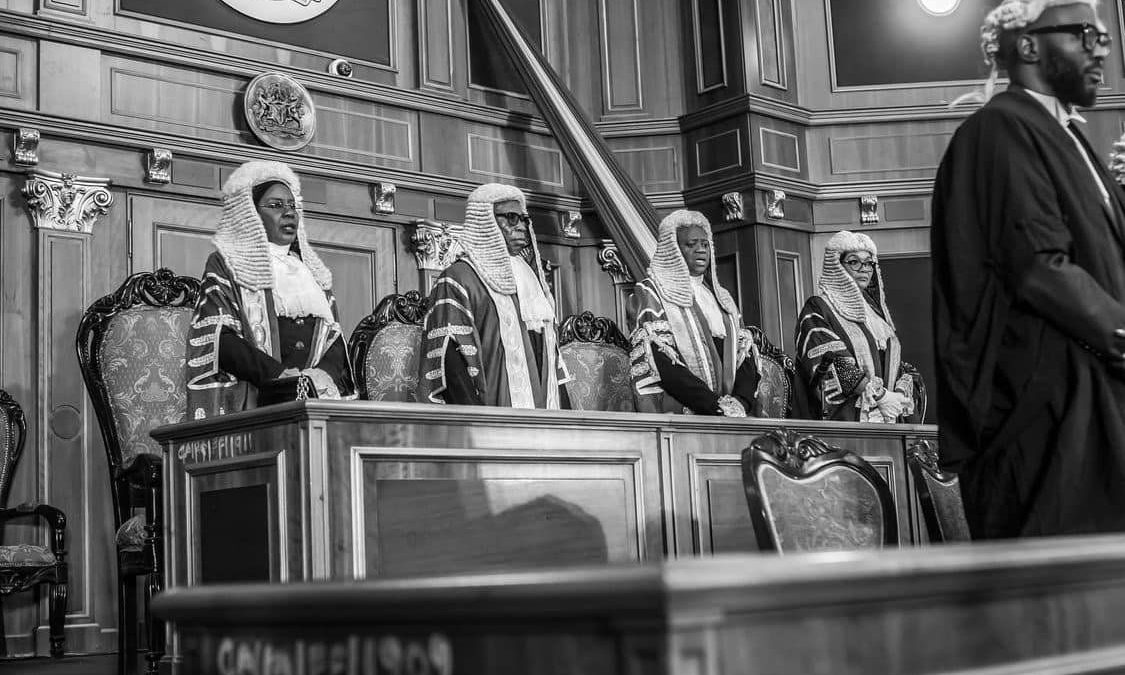
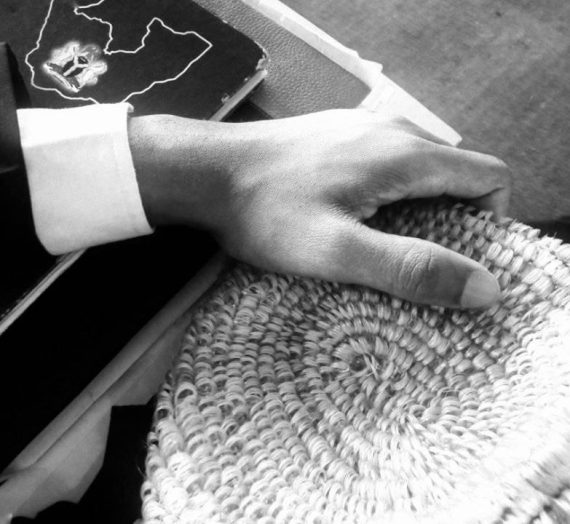
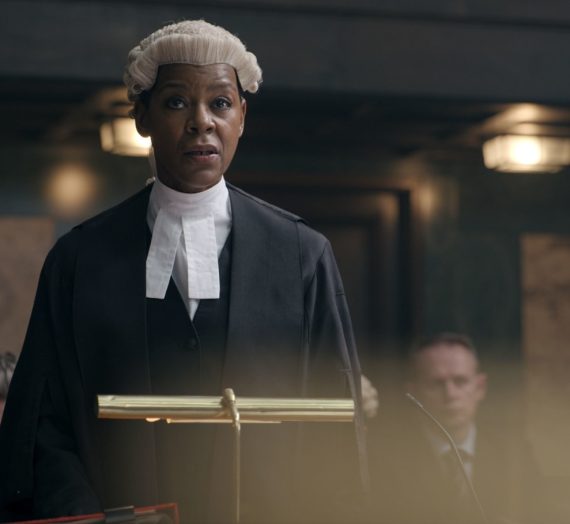
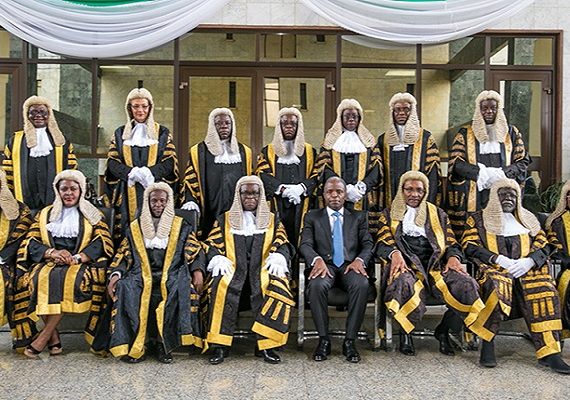
Levi Ejike Oraekeyi
At the end of it all, the samples of final written addresses you attached were encrypted. Are you aware?
fredericknkobowo
Thank you for the observation Sir. The addresses were only provided as samples, and on our end they can be edited. Please if you encounter any problems due to the encryption, kindly let us know.
OYIN BASSIR LLM
This article is instructive and very useful. I look forward to more articles from this author. Thanks.